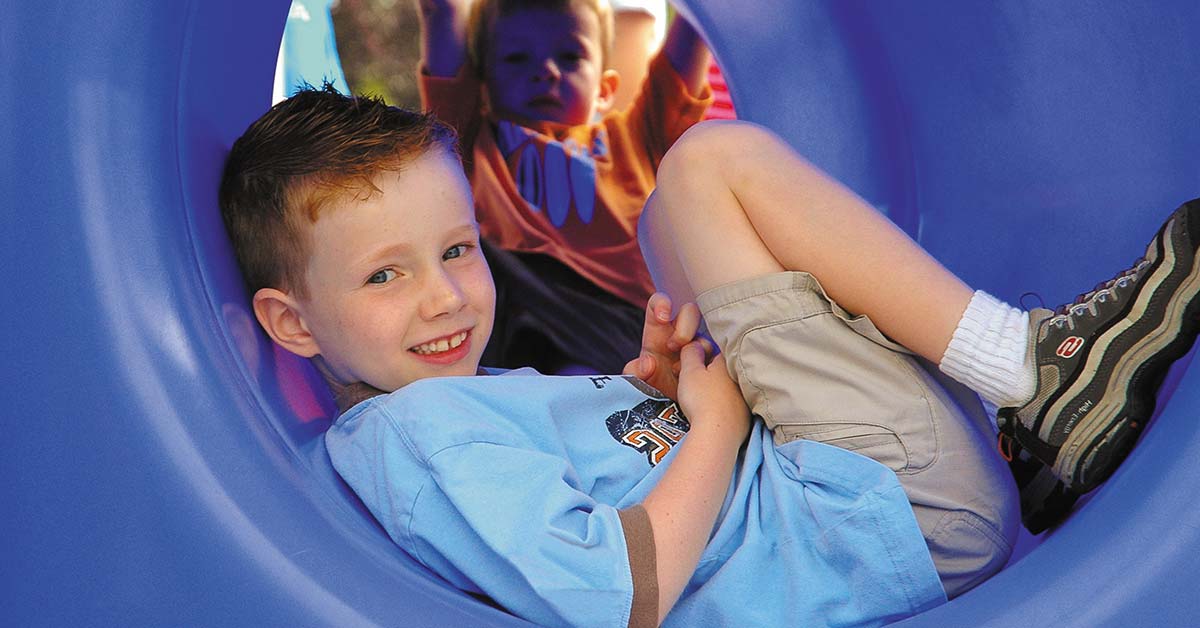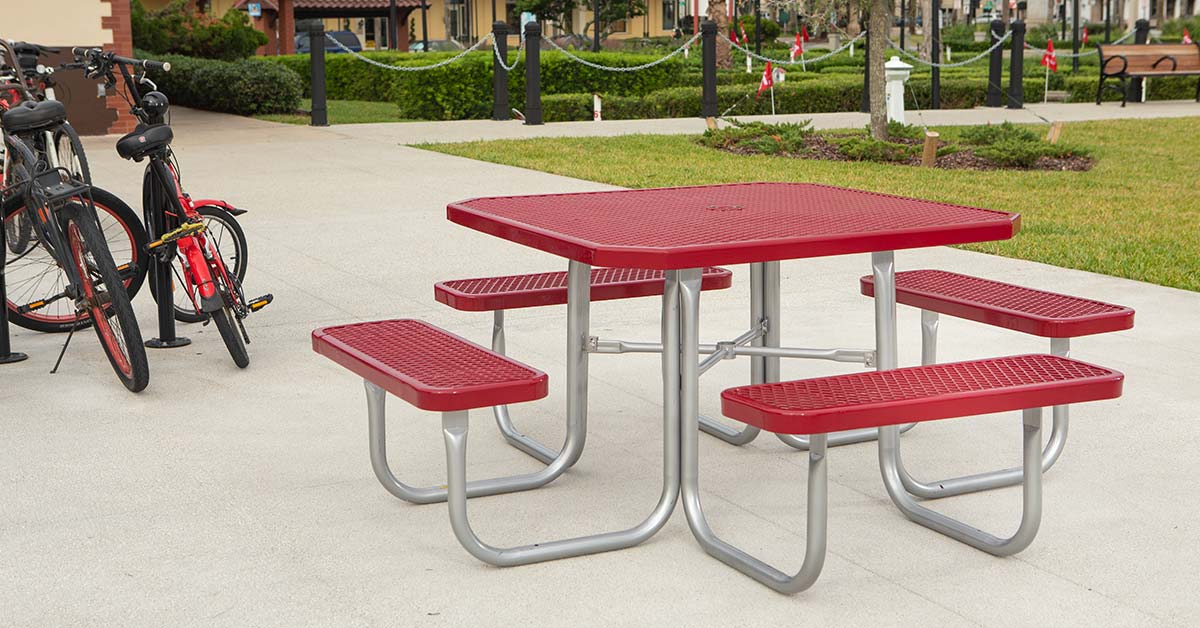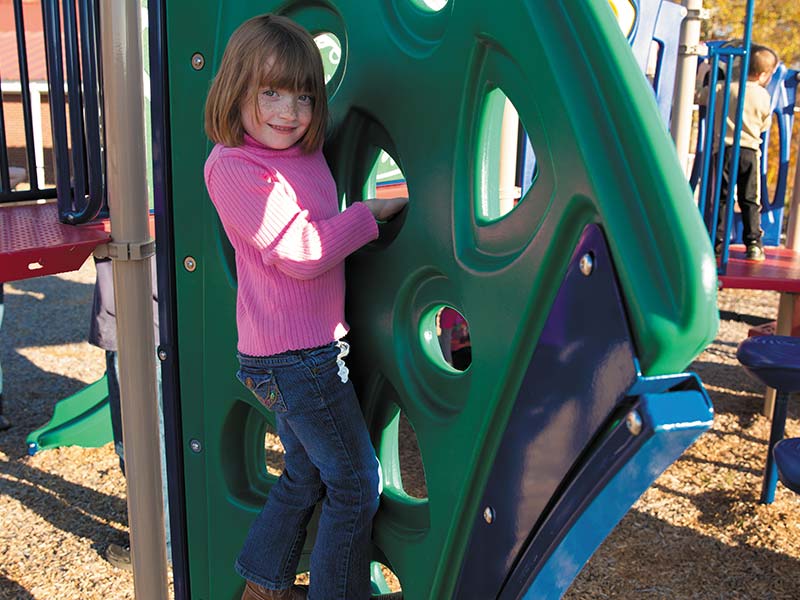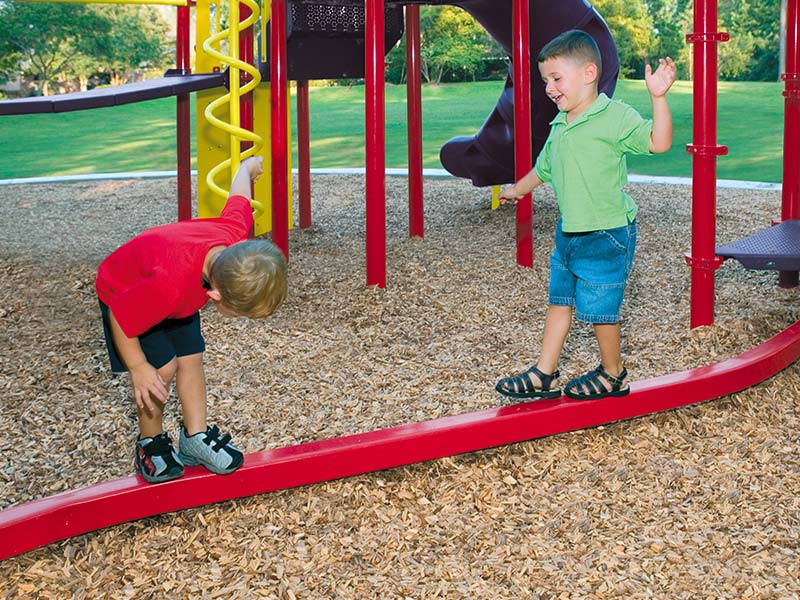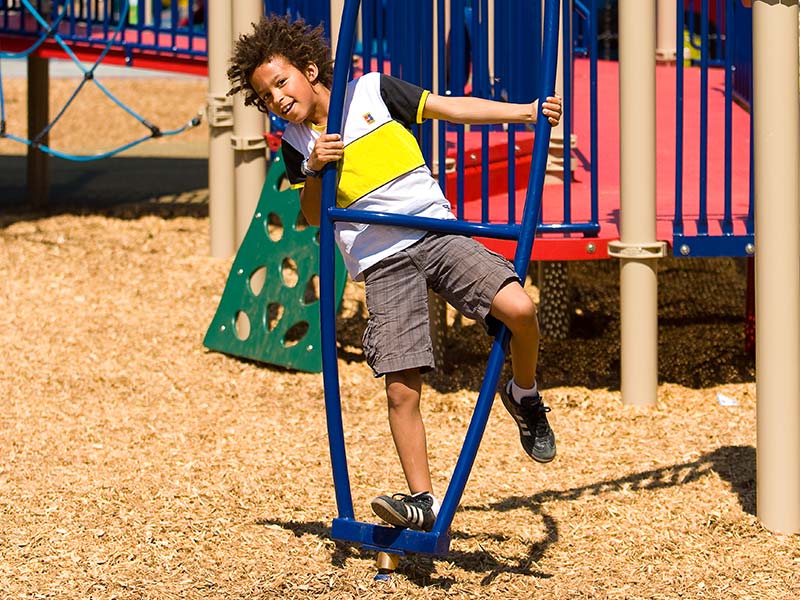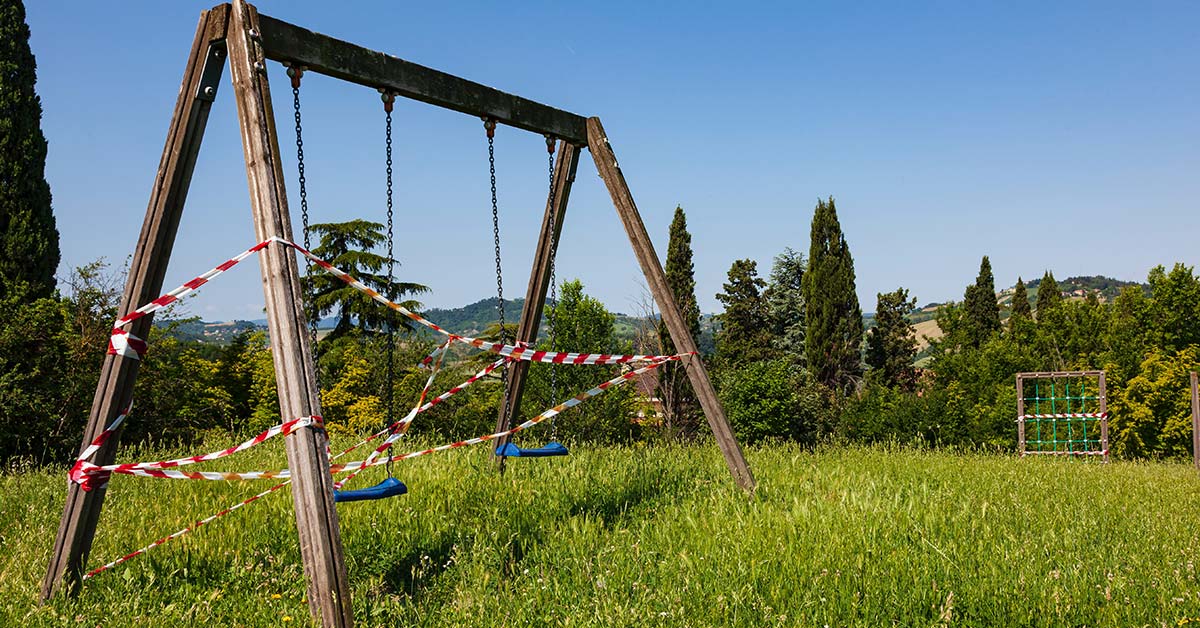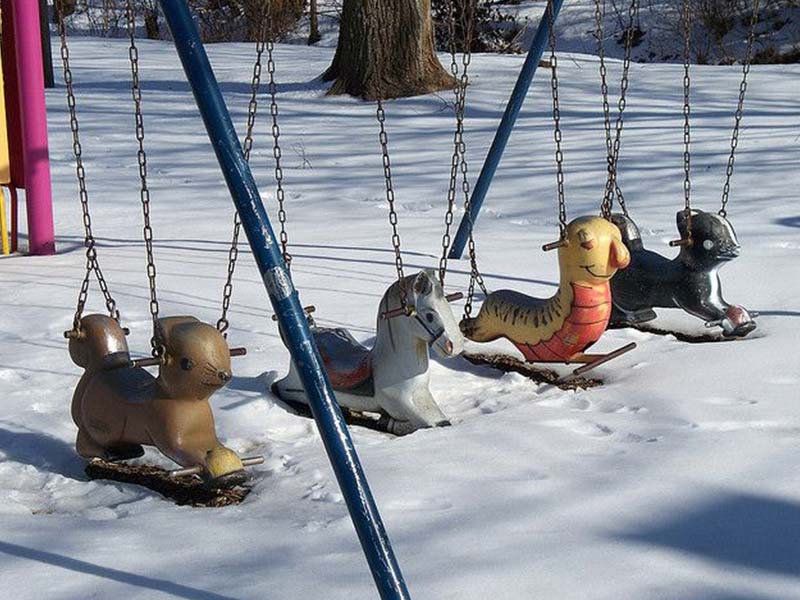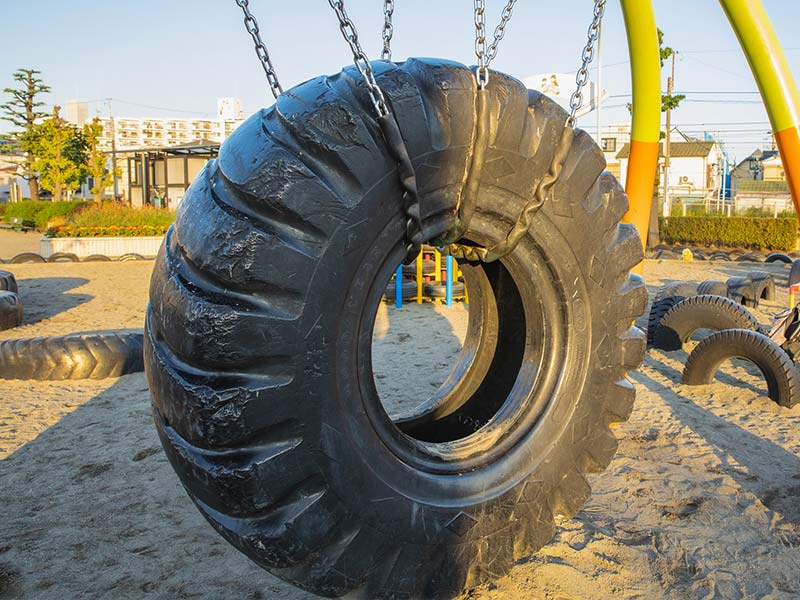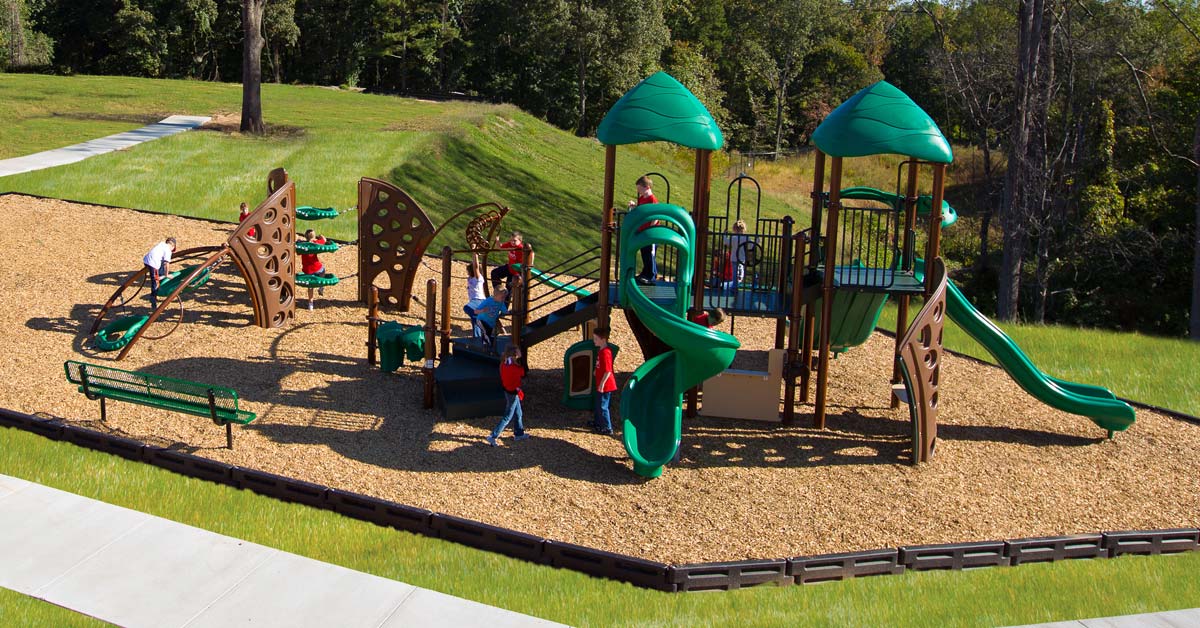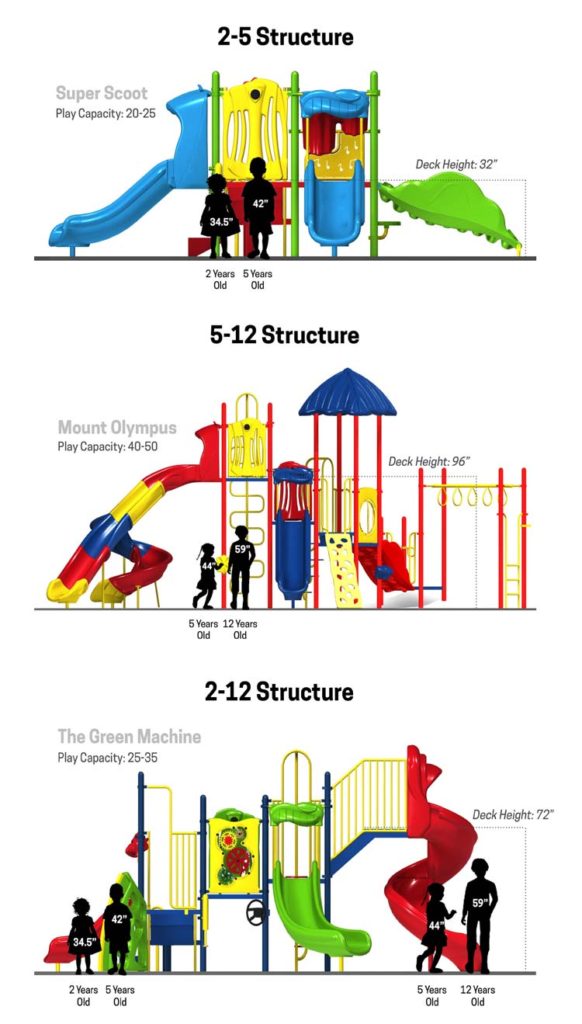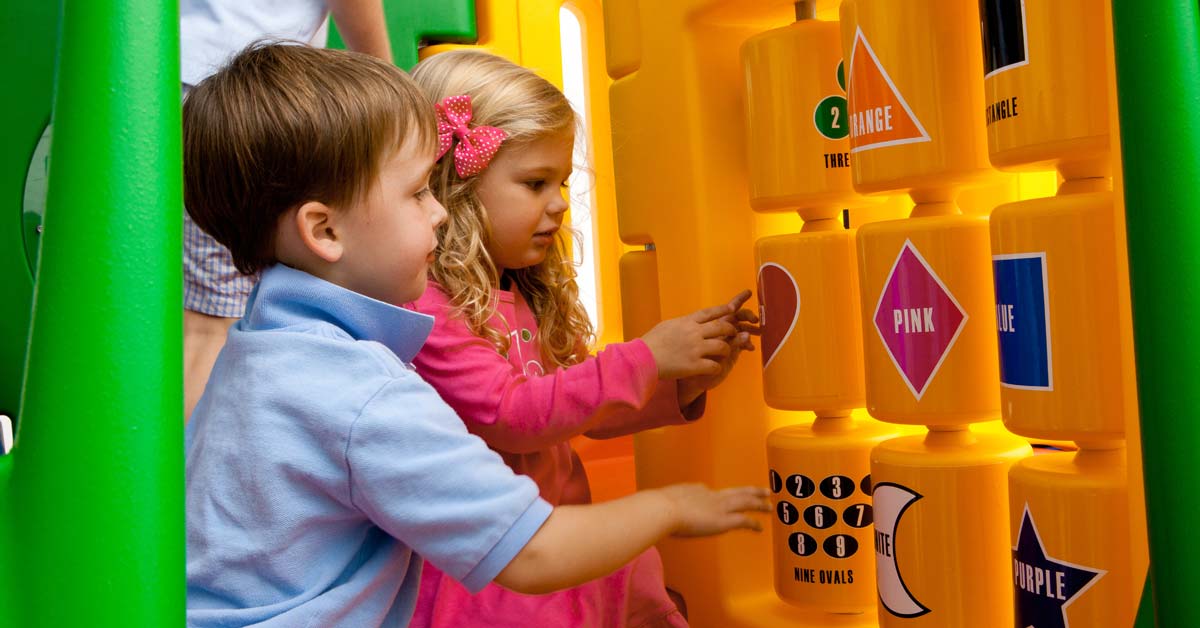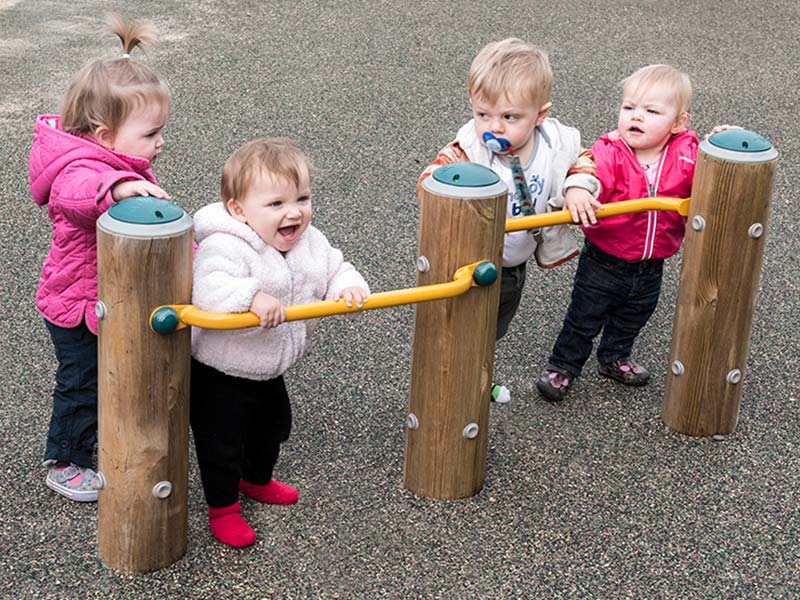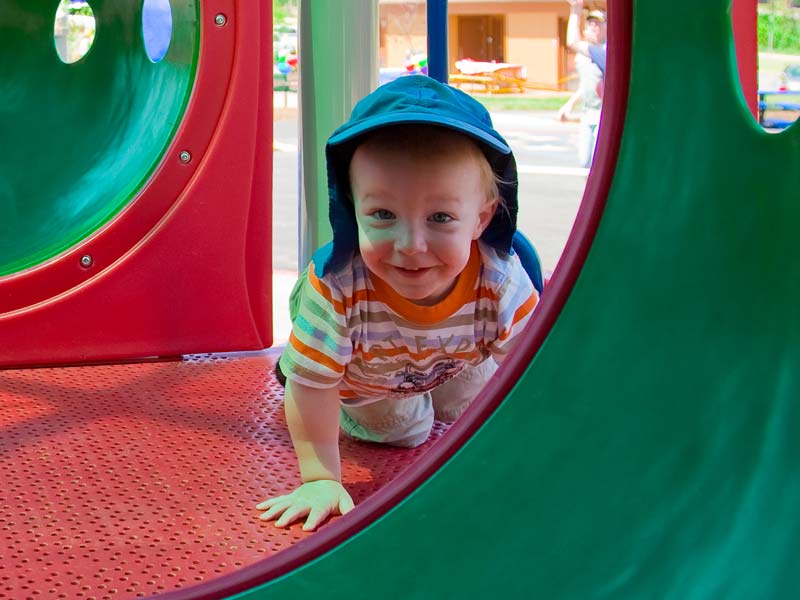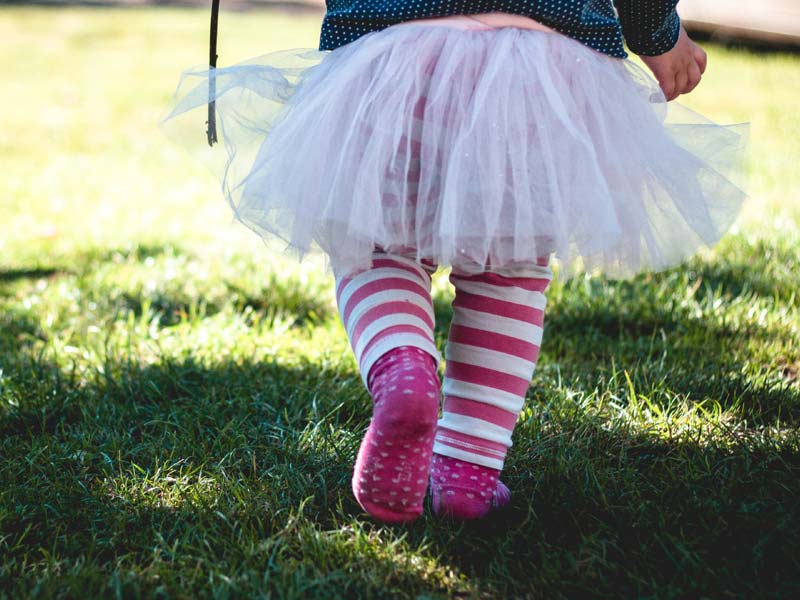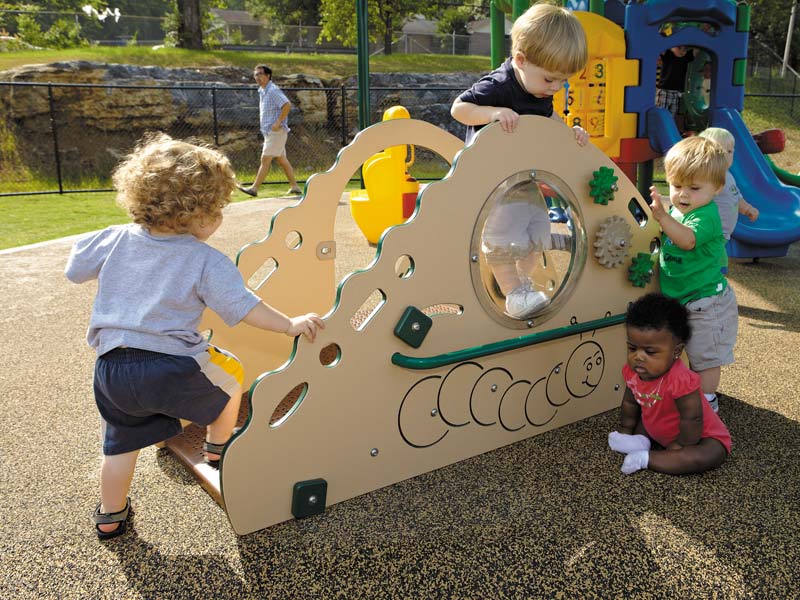September is National Childhood Obesity Awareness Month! In truth, it’s common knowledge that America’s children are suffering from obesity at greater rates than ever before. Here at BYO Recreation, we deal with a wide variety of communities, from churches and schools to planned communities and public parks. Each of these communities approach us because they share a deep concern for the health and happiness of their children.
Childhood Obesity Avoidance Through Play
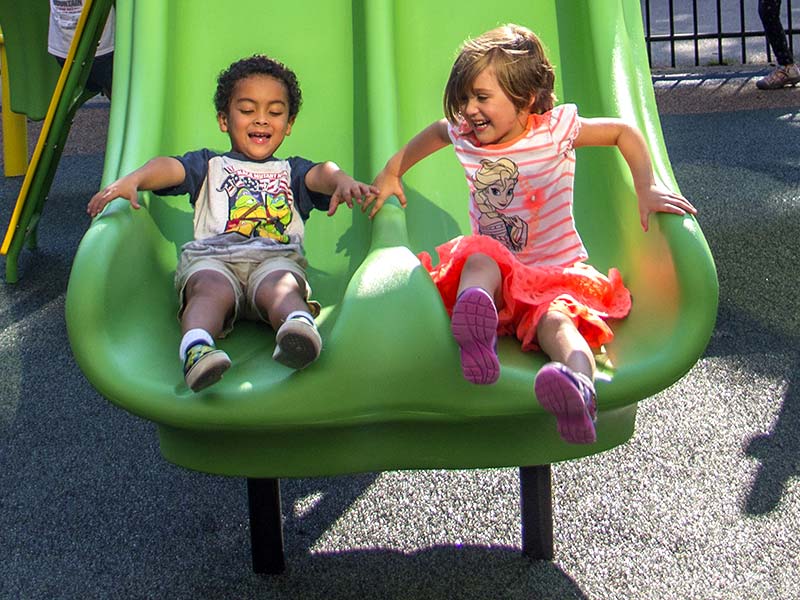
Installing a playground is a great first step to improving the overall health of your community members and fighting childhood obesity. However, there is even more that you can do. The best part is, you don’t need much more than the space you have and participants. Planning regular family-friendly events that center around a unique theme is a simple and great way to make even more use of your playground.
Timing is Everything
Plan your event for times of day when families are together and not likely to be attending other events. For instance, avoid planning a park day at your HOA playground that competes with church services. Your childhood obesity avoidance events should work in tandem with other events.
We recommend starting at 6pm on a weeknight and include a potluck cookout to cover dinner. You’re more likely to catch families who are on their way home. Or plan an early afternoon sack race on a Sunday to encourage the church crowd to swing by after services.
Mix It Up
Do not rely on one type of activity because people will quickly become bored. Instead, try switching between games of skill, like corn hole or horse that will attract older children and teens. Incorporate silly games like ‘Follow the Leader’ or ‘Simon Says’ that everyone can participate in but are easy for young children to succeed at.
Childhood Obesity Awareness Plans That Succeed
Make sure you advertise your event as much as possible, pass out flyers and hang up posters at local family hot-spots. Look for corporate sponsors to donate prizes and try to round up volunteers to keep things fair. Even silly games need a timekeeper and should you manage to get a prize donated, you’ll need a few extra referees to keep an eye on your Simon says participants. Providing fun games and playgrounds is an easy and effective way to combat childhood obesity in your community!
